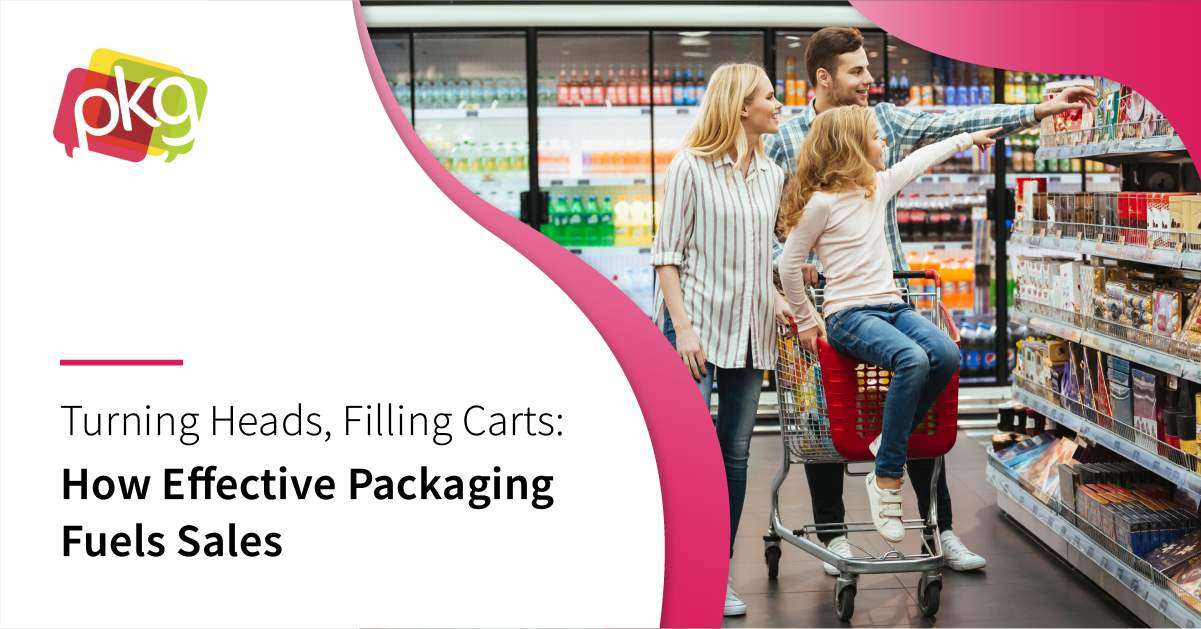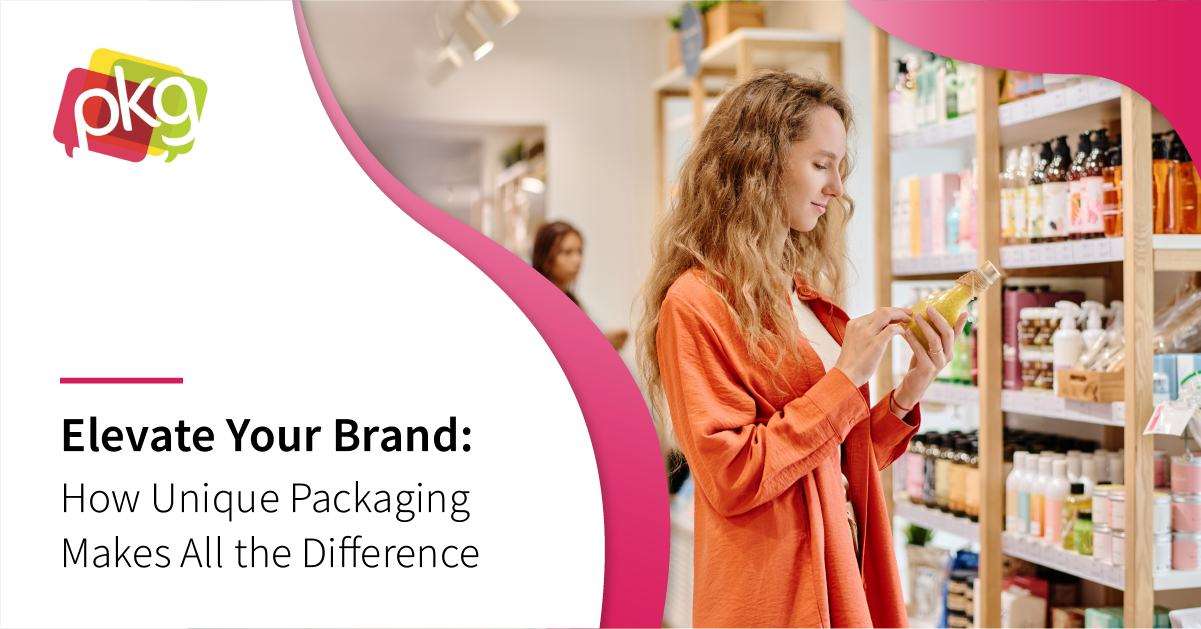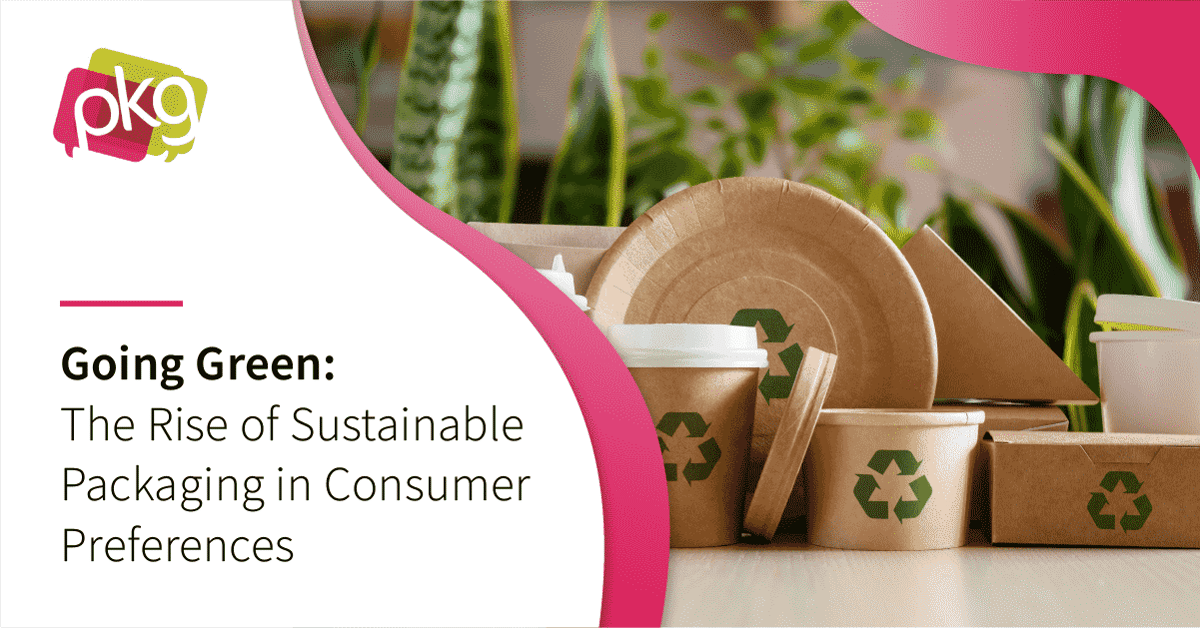
Introduction
With today’s turn towards environmentally-friendly products, consumers are demanding that their CPG packaging also become more sustainable. Many consumer goods companies have targeted packaging changes as a way to meet their greenhouse gas emission targets. Whether these changes involve reducing packaging, changing packaging materials, or considering the full packaging lifecycle, companies and consumers alike are seeking innovative new alternatives to meet their sustainable packaging goals.
The Increasing Consumer Demand for Sustainability
The era of sustainable packaging is here. Consumer behavior is changing, and sustainability is one of the top issues on peoples’ minds.
Combine this changing consumer desire with the increase in online shopping. In addition to product packaging itself, online shopping requires even more packaging to deliver products safely to the consumer.
Overall, the sustainable packaging market will likely reach over $470 billion by 2027. With companies striving to switch to sustainable packaging and to do it quickly, this market is growing quickly. 86 percent of consumers state that sustainable packaging makes them more interested in buying a product, and more than half of consumers would be turned off by products that they perceive to be in harmful packaging.
Food and beverage packaging in particular is changing very rapidly. Consumers need to buy these items, and they are interested in buying items that are healthy for themselves and the environment. Choosing sustainable packaging improves brand perception.
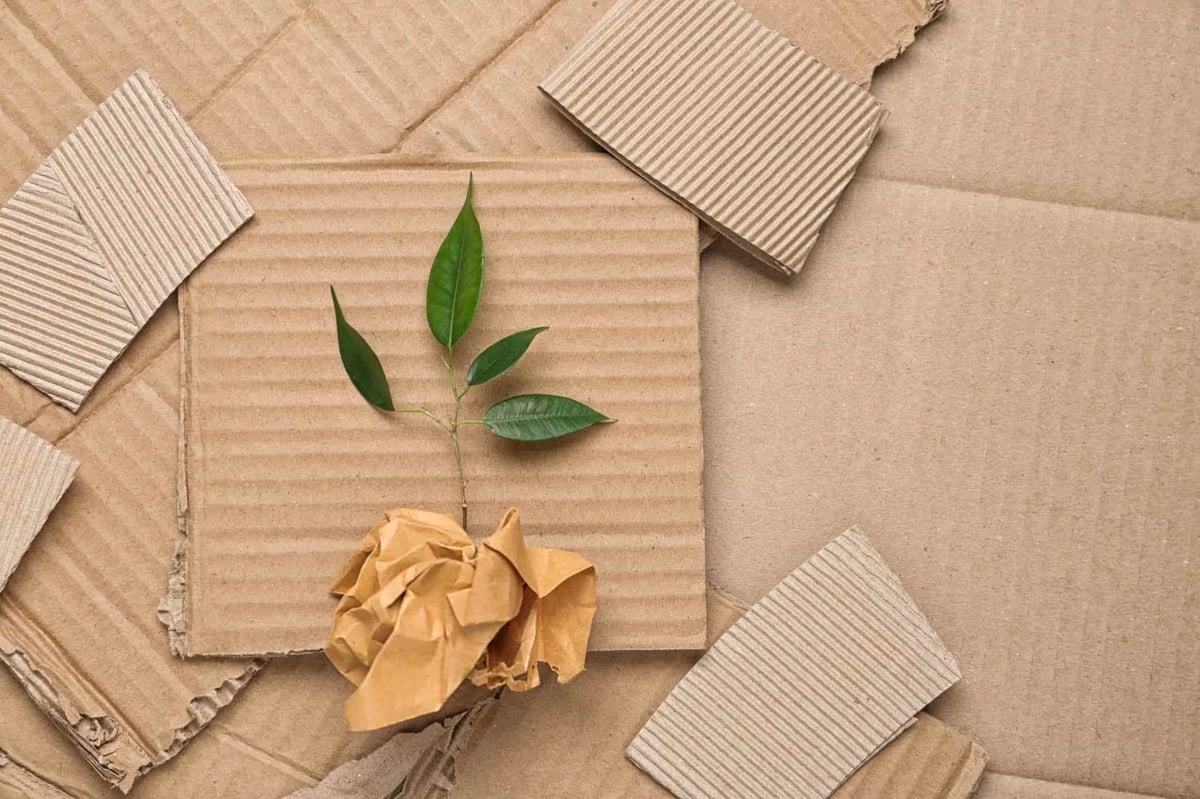
Understanding Sustainable Packaging
What is sustainable packaging? Sustainability has many elements.
It can include:
- Where materials come from
- Production processes, and the energy and materials they use
- The pollution caused by creating a product, including greenhouse gas emissions
- The lifecycle of a product - is it recyclable or reusable? Is it designed to last?
- Transportation emissions
- Packaging materials, including sourcing and recyclability of those materials
Several of these considerations relate to sustainable packaging.
The right product packaging can reduce damage during shipping, which reduces the need to create, buy, and ship more products. When it comes to perishables like food, beverage, and beauty products, the right packaging also ensures that the product has a longer shelf life. Consumer packaging must be designed for optimal protection of the product.
One sustainable packaging trend is reduced packaging. This saves on materials and the energy used to make them. It also saves on transportation emissions. If a product is lighter, it leads to fewer emissions during the shipping process. Reduced packaging also reduces the amount of waste caused at the end of the product’s life if the packaging must be thrown away.
However, companies are also considering the full lifecycle of their products. Where do materials come from? Are they grown, harvested, or mined with a focus on sustainability? Can product packaging be made from recycled materials, at least in part? What happens to the product at the end of its life? Product packaging might be reused or recycled to reduce environmental impacts.
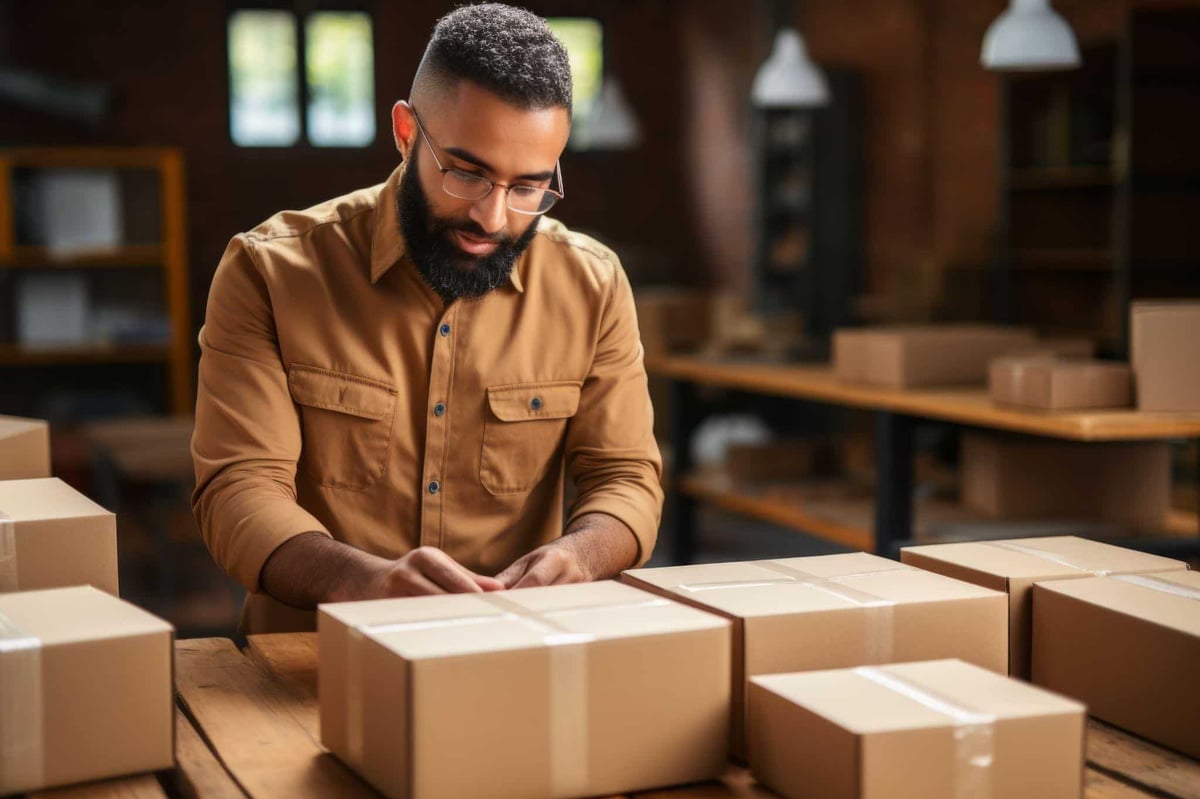
The Benefits of Sustainable Packaging
There are many environmental, social, and economic benefits to creating sustainable CPG packaging.
The environmental benefits include:
- Reduced use of materials, energy, and water to create packaging
- Reduced waste when using recycled packaging or more minimal packaging
- Reduced waste when creating packaging that can be reused or recycled
- Lower greenhouse gas emissions when reducing the amount or weight of packaging
Social benefits include:
- The customer feels understood - there is a feeling of resonance with your brand identity
- Products are easier for customers to recycle or reuse, saving customers time
- Fewer allergens and toxins in sustainable products
- Limits the social impacts from human-caused climate change and waste
Economic benefits include:
- Improvement in brand perception and movement into new markets
- A reduction in materials, waste, and emissions can lead to savings
- Lower transportation costs due to lower packaging weight
- The potential to rethink packaging overall, reducing product losses during shipping
PKG Brand Design’s Approach to Sustainable Packaging
PKG Brand Design has worked with many well-known companies on projects big and small, developing sustainable CPG packaging. We’re known for listening to consumer needs with our Consumer First focus.
We’ve worked with brands to recreate their brand image with lightweight, resealable, and recyclable packaging. Working on the Little Heroes brand, we created a lightweight, portable package that was highly shelf-stable, reducing waste.
Overcoming Challenges in Sustainable Packaging
One common challenge in the sustainable packaging industry is the concern and the reality that sustainable products might cost more. It is possible that the materials themselves could cost more; however, often this can be balanced by finding cost–saving solutions. These could include:
- More minimal packaging, reducing overall packaging costs
- Lighter packaging, reducing transportation costs
- Less packaging waste, reducing the cost to remove that waste
Also, while packaging materials may cost more, it’s possible that your positive brand perception will increase. This can lead to additional sales, boosting your bottom line in spite of the cost challenges.
The Future of Sustainable Packaging
The sustainable packaging market is changing rapidly, and it only stands to change further, both as consumer interest increases and packaging innovation follows right along. Recent innovations in the sustainable consumer packaging market include:
- Edible packaging
- Compostable packaging
- Refillable packaging
- Packaging that is easy to recycle, reducing mixed materials
- Responsible sourcing
- Design that maximizes use of the contents, reducing waste
- Minimalist design
With 50 percent of consumers convinced that packaging is the most important aspect of a product’s sustainability, it’s essential that brands continue to add innovative and sustainable packaging options for their products.
Conclusion
In recent years, there has been a rapid rise in interest in sustainable consumer packaging. Companies are feeling challenged to respond quickly and appropriately to consumer needs.
Making your product packaging more sustainable can help you appeal to new consumer markets, and it shows that you are listening to your customers, many of whom would prefer sustainable packaging.
PKG Brand Design is always on the forefront of new CPG branding and packaging initiatives; please subscribe to our blog for the latest package design industry news!


